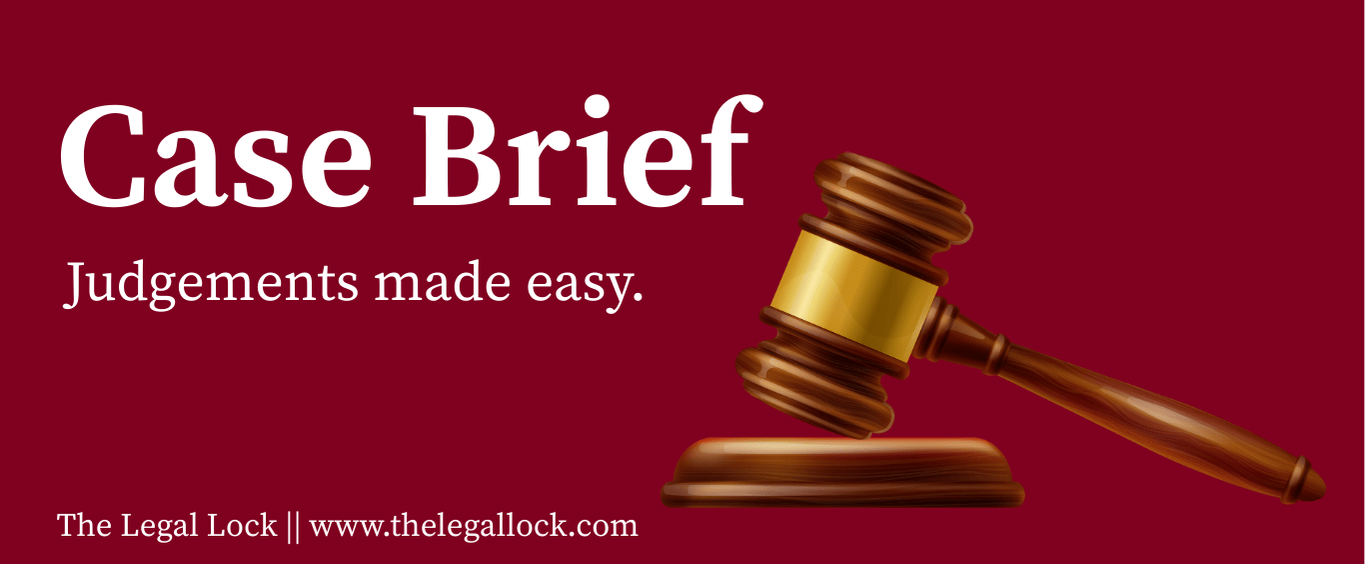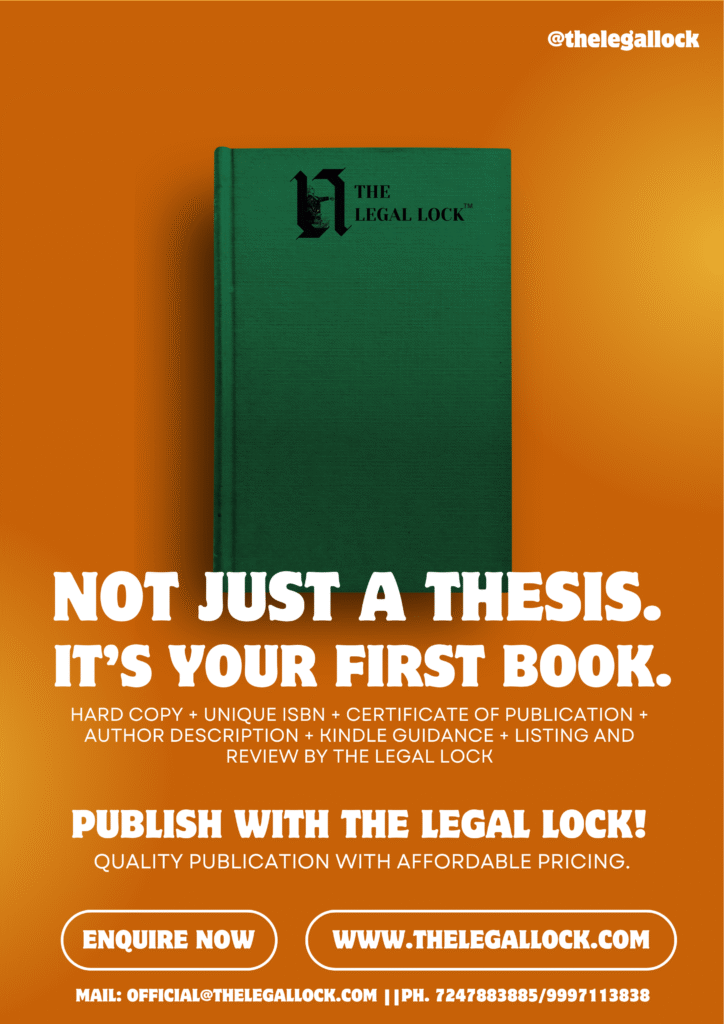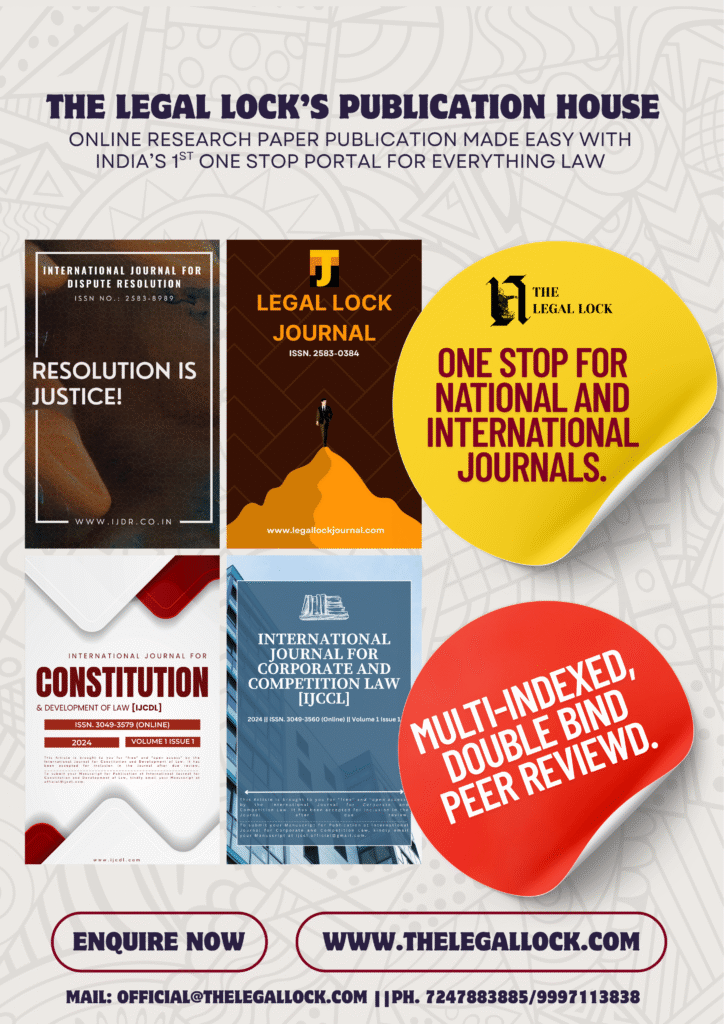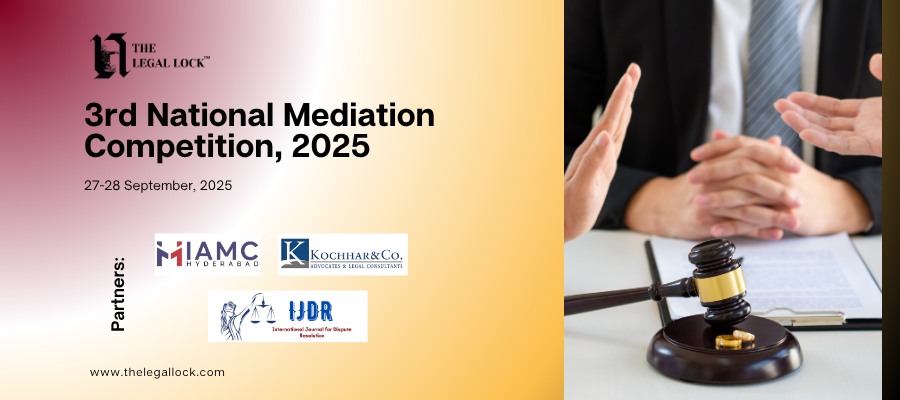Case Brief: Waman Rao v Union of India

| Case Name | Waman Rao and Ors v. Union of India and Ors |
| Citation | (1981) 2 SCC 362, 1981 2 SCR 1 |
| Court | The Supreme Court of India |
| Bench | Y Chandrachud, A Sen, P Bhagwati, V Tulzapurkar, V K Iyer |
| Decided On | 13 November, 1980 |
| Appellant | Waman Rao and Ors |
| Respondent | Union of India and Ors |
Introduction
In the 1981 case of Waman Rao v Union of India, the Supreme Court considered the constitutionality of Articles 31A and 31B of the Indian Constitution in light of the Kesavananda Bharati case’s basic structure theory. Regarding the doctrine’s application, the Court made a crucial observation: it shouldn’t be applied retroactively.
This implies that all choices made before to the doctrine’s inception would still be enforceable. This ruling immediately meant that all laws and rules that were a part of the Constitution’s Ninth Schedule prior to the Kesavananda ruling would still be in effect. Simultaneously, alterations to the timetable that come later may be contested on the grounds that they violate the basic structure theory.
Facts of the case
The Maharashtra Agricultural Lands (Ceiling on Holdings) Act, 27 of 1961, which attempted to lower the cap on agricultural land holdings, was challenged before the Bombay High Court. The Court decided that because these clauses and some of the changes were part of the Ninth Schedule, they could not be contested on the basis that they violated Part III of the Constitution.
Articles 14 and 19 of the Constitution were suspended during the time this decision was made, and a state of emergency was declared. The legitimacy of Articles 31A and 31B itself was also contested, but the High Court maintained them. During the emergency, appeals against this ruling were denied.
Issue raised
1. Did the first constitutional amendment, which introduced Article 31A(1)(a), go beyond the Parliament’s modifying authority?
2. Does Article 31A(1) shield laws from challenges on the grounds of fundamental rights breaches, such as those involving Articles 14, 19, and 31?
3. Is it possible to dispute Article 31B, which creates the Ninth Schedule, because it violates the Fundamental Rights protected in Part III of the Constitution?
4. Is it possible to argue that Article 31C, which attempts to accomplish the objectives outlined in Article 39, is inconsistent with citizens’ fundamental rights?
5. Did the 40th Amendment, which was passed under the emergency, have the right to prolong the existence of the Parliament?
6. Can the doctrine of stare decisis be used to support the constitutionality of any Article of the Constitution, or can it only be used to support legislation that fall under those specific Articles’ protection?
Arguments of the Appellant:
Breach of Fundamental Rights: The petitioner, Waman Rao, claimed that Article 329A of the 39th Amendment Act infringed upon his fundamental right to judicial review. He argued that the clause violated a fundamental aspect of the Constitution by attempting to limit the ability of judges to examine the legitimacy of elections for important positions.
Constitutional Validity: The petitioner contested Article 329A’s constitutionality because it violated the fundamental provisions of the document. He contended that the amendment compromised the independence of the court and the primacy of the Constitution by limiting judicial review.
Basic Structure Doctrine: Citing the Kesavananda Bharati case, Waman Rao’s attorney argued that the Parliament’s amending power was limited and could not change the fundamental framework of the Constitution. They maintained that judicial review was an essential component of this foundational framework and that its removal by amendment was not possible.
Arguments of the Respondent:
Legislative Supremacy: The Union of India supported the 39th Amendment Act by claiming that Article 368 gave Parliament the power to change the Constitution. They said that the amendment’s goals were to safeguard the government’s stability and avoid needless challenges to the election of powerful people.
Election Integrity: According to the government, Article 329A was necessary to protect the integrity of the presidential, speaker of the House of Representatives, and prime ministerial elections. They argued that such important elections needed to be shielded from pointless and politically motivated opposition.
Amending Power: The respondent highlighted the Parliament’s unlimited authority to change the Constitution and claimed that Article 368’s amending provision covered the amendment.
Judgment
The Validity of Article 31A
In Waman Rao v. Union of India, the Court considered the constitutional validity of Article 31A and concluded that it is erroneous to view legislation that curtail Fundamental Rights as breaches of the fundamental framework of the Constitution. The Court underlined that the first constitutional amendment’s introduction of Article 31A was done so to improve the efficacy of the Zamindari Abolition Laws and deal with potential future problems.
The Court acknowledged that efforts to eradicate current inequalities may result in new incidental inequalities, but that these do not violate the fundamental framework of the Constitution. The Court also acknowledged the importance of eliminating social and economic inequities in the agriculture sector. The Court further stated that it is not possible to eliminate disparities without harming any group of people who are legally entitled to equal treatment. As a result, it was decided that Article 31A did not contradict the fundamental framework of the Constitution.
In earlier cases, including Kesavananda Bharati v. The State of Kerala, Sajjan Singh v. State of Rajasthan, I.C. Golaknath v. State of Punjab, and Shankari Prasad v. Union of India, the constitutionality of the first amendment, which added Articles 31A and 31B, was questioned. The Court confirmed the inclusion of Articles 31A and 31B and supported the validity of the Amendment in each of these cases.
The Article 31B’s Validity
Acts listed in the schedule are protected from being ruled invalid for being incompatible with or violating the Fundamental Rights enshrined in Part III of the Constitution by Article 31B when used in conjunction with the Ninth Schedule. The petitioners contended that the Fundamental Rights and Article 31B are incompatible.
The Kesavananda Bharati v. State of Kerala ruling was used by the Court in evaluating the constitutionality of Article 31B. It was mentioned that several Acts were inserted into the Ninth Schedule before the Kesavananda case, based on the idea that Parliament had broad authority to change the Constitution. But as the Kesavananda case proved, Parliament cannot change the Constitution in a way that undermines its fundamental design. The Court acknowledged that before the Kesavananda ruling, modifications were made to properties’ titles under the presumption that laws included in the Ninth Schedule would not be subject to challenges for breaking Articles 14, 19, and 31. In an orderly community, it would be wrong to upend established claims and titles, as this would cause anarchy.
Thus, the Waman Rao case court decided that Article 31B would protect the legislation that was part of the Ninth Schedule before the Kesavananda ruling. However, Acts and Regulations added to the Ninth Schedule after the Kesavananda case would not have the same protection and might be scrutinized for potentially going against the fundamental framework of the Constitution.
The Article 31C’s Validity
The Constitution (Twenty-fifth Amendment) Act, 1971 introduced Article 31C, which protects laws implementing the directive principles of State policy listed in Article 39, Clauses (b) and (c). Articles 14, 19, and 31 of the Constitution, which are among the Fundamental Rights guaranteed by Part III, cannot be violated by this legislation.
The Court affirmed the Article’s opening Clause based on the ruling in the Keshavananda Bharati v. State of Kerala case, dismissing the petitioner’s contention questioning the constitutional validity of Article 31C in Waman Rao. The Court determined that the welfare of the nation and its people depends on the directive principles, which are protected by Article 31C. In addition, the Court determined that Article 31C in this case does not contradict the fundamental framework of the Constitution; rather, it fortifies it by implementing the guiding principles stated in Article 39, Clauses (b) and (c). Consequently, it was decided that Article 31C was constitutionally valid.
The validity of the 40th Amendment
There was a challenge to the constitutionality of the emergency proclamations in 1971 and 1975 as well as the 40th Constitutional Amendment of 1976, which inserted some amending acts under the Ninth Schedule. The House of People Amendment Act, 1976, which twice prolonged the Lok Sabha’s regular term by two years past its intended expiration date of March 18, 1976, served as the foundation for the challenge. On April 2, 1976, during this prolonged period, the 40th Amendment was enacted.
In Waman Rao v. Union of India, the petitioners contended that the Court had the jurisdiction to inquire whether the President’s authority to declare an emergency under Article 352 was properly exercised and whether the conditions necessary for the emergency’s continuation existed. They further argued that there was no reason for the 1975 emergency declaration and that it was made maliciously.
The evidence was found to be insufficient and unconvincing by the court. The threat to the nation’s sovereignty and national security at the moment warranted the declaration of an emergency under Article 352(3). As a result, the actions done were both necessary and legal.
Therefore, by extending the duration of the Lok Sabha, the 40th constitutional Amendment cannot be invalidated only because it was passed during the emergency. It is decided that the Amendment is legitimate.
The Stare Decisis Doctrine
The Court considered the question in this case of whether the doctrine of stare decisis applied to the Articles of the Constitution or simply to the statutes that were covered by them. Although the Court decided in favor of the latter, it did not give a detailed justification for its decision.
The Waman Rao case saw the Court lay aside the question of whether to invoke the doctrine of stare decisis to defend Article 31A because the Article had already been upheld in Ambika Prasad Mishra v. State of U.P. (1980) on its own merits. The Court observed that no prior case had addressed or determined the legality of Article 31A, including Keshavananda Bharati, Sajjan Singh, Golaknath, and Shankari Prasad.
In the Shankari Prasad case, the Court directly addressed whether constitutional revisions were covered by Article 13(2) and rendered a negative decision. The Shankari Prasad ruling needed to be re-examined in light of the Sajjan Singh case. The Golaknath lawsuit concentrated on identifying the scope of modifying power rather than challenging any constitutional modification. In a similar vein, the legality of Article 31A was not specifically questioned in the Kesavananda case.
The Court concluded that Article 31A could not be supported by using the stare decisis theory because the question of its validity had not been brought up in any of the earlier instances. The Court stressed that principles such as stare decisis do not apply to the Articles themselves, but rather to maintain the constitutional legality of laws safeguarded by them, such as Articles 31A, 31B, and 31C.
On the other hand, Justice Bhagwati dissented, reasoning that the majority had maintained Article 31A by relying on stare decisis rather than the case’s merits. Judge Bhagwati maintained that the Keshavananda Bharati case had previously affirmed Article 31A, and that the ruling should have acted as a precedent for this decision.
Conclusion
The constitutional validity of Articles 31A, 31B, and 31C of the Indian Constitution was discussed in the Waman Rao case. In the Waman Rao case, the Supreme Court ruled that although regulations coming under Article 31A restricted Fundamental Rights, they did not violate the fundamental framework of the Constitution.
Article 31B protected laws listed in the Ninth Schedule before to the Kesavananda Bharati case, but changes made after Kesavananda were scrutinized. Article 31C, which safeguards laws that use directive principles, was maintained. To influence future constitutional interpretations, the Court made it clear that the stare decisis theory only applies to laws that are protected by the Constitution and not the Articles themselves.
Indian Kanoon
https://indiankanoon.org








